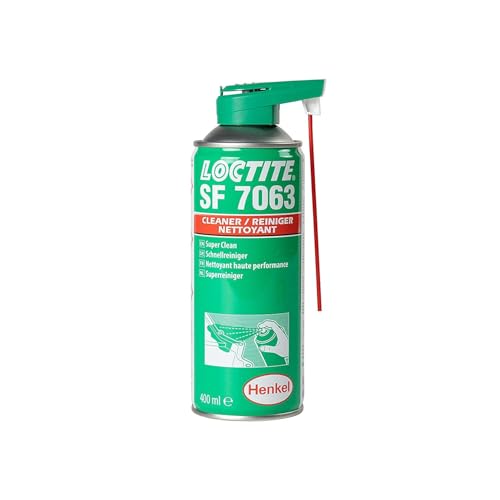



Begin by ensuring the right type of cleaner is compatible with your equipment. Many units allow for specific detergents, optimised for effective removal of dirt and grime. Always consult the manufacturer’s guidelines before pouring any solution into the reservoir.
It’s crucial to dilute the cleaning agent according to the instructions on the packaging. Too concentrated a mixture can harm delicate components, whereas a proper dilution enhances efficacy and prolongs the life of the machine.
Attach the detergent nozzle or interest a suitable foam cannon to the wand. This accessory will create a fine mist, allowing the cleaner to coat surfaces evenly and penetrate stubborn stains. Check the user manual for specifications related to attachments compatible with your model.
After applying the mixture, let it sit for a few minutes to break down dirt. This dwell time maximises the impact of the cleaner. Rinse under high pressure thoroughly, ensuring no residue remains, as it can attract dirt and create a cycle of needing more cleaning.
Always perform cleaning tasks on a dry and stable surface to avoid splashing contaminants back onto washed areas. Following these steps will help achieve spotless results, making you a pro at utilising cleaning mixtures with high-pressure devices.
Choosing the Right Cleaner for Your High-Pressure Equipment
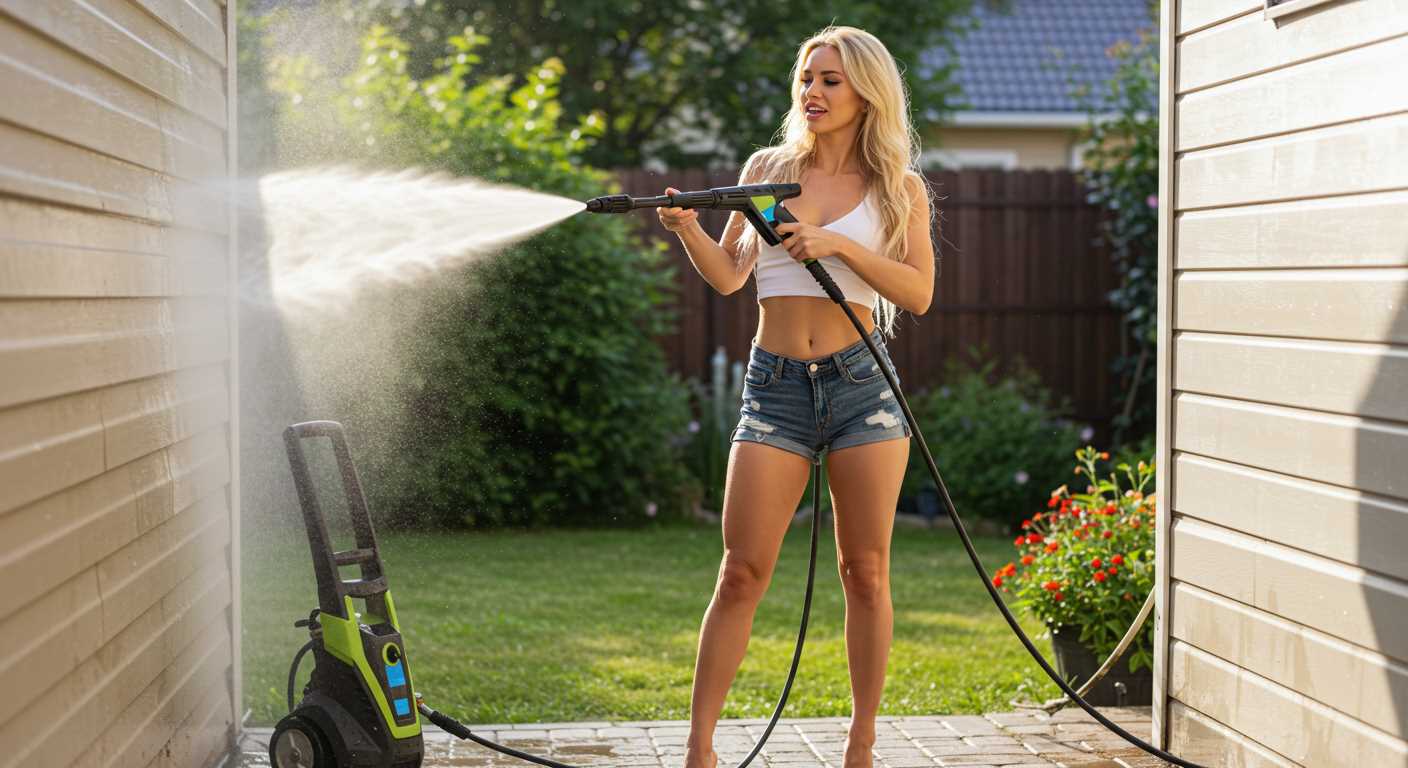
Opt for cleaners specifically formulated for high-pressure machinery. These products contain surfactants and other ingredients that enhance cleaning efficiency without damaging components.
Consider the surface type you intend to clean. For instance, a penetrating formula is ideal for porous materials like concrete, while a gentle solution is suitable for painted or delicate surfaces. Always read the manufacturer’s recommendations to avoid adversely affecting surfaces.
Biodegradable and environmentally friendly options are increasingly popular. Such cleaners minimise environmental impact while ensuring effective dirt and grime removal.
Look for a concentrated formula. Concentrates usually offer more cleaning power per litre compared to ready-to-use solutions, making them cost-effective for regular use.
Some brands might require dilution, while others are already pre-mixed. Understand the dilution ratios and application methods to maximise efficacy.
Finally, if in doubt, consult product reviews or forums. Users often share their experiences, highlighting which formulations deliver the best results on various surfaces and stains.
Understanding the Soap Injection System in Your High-Pressure Cleaner
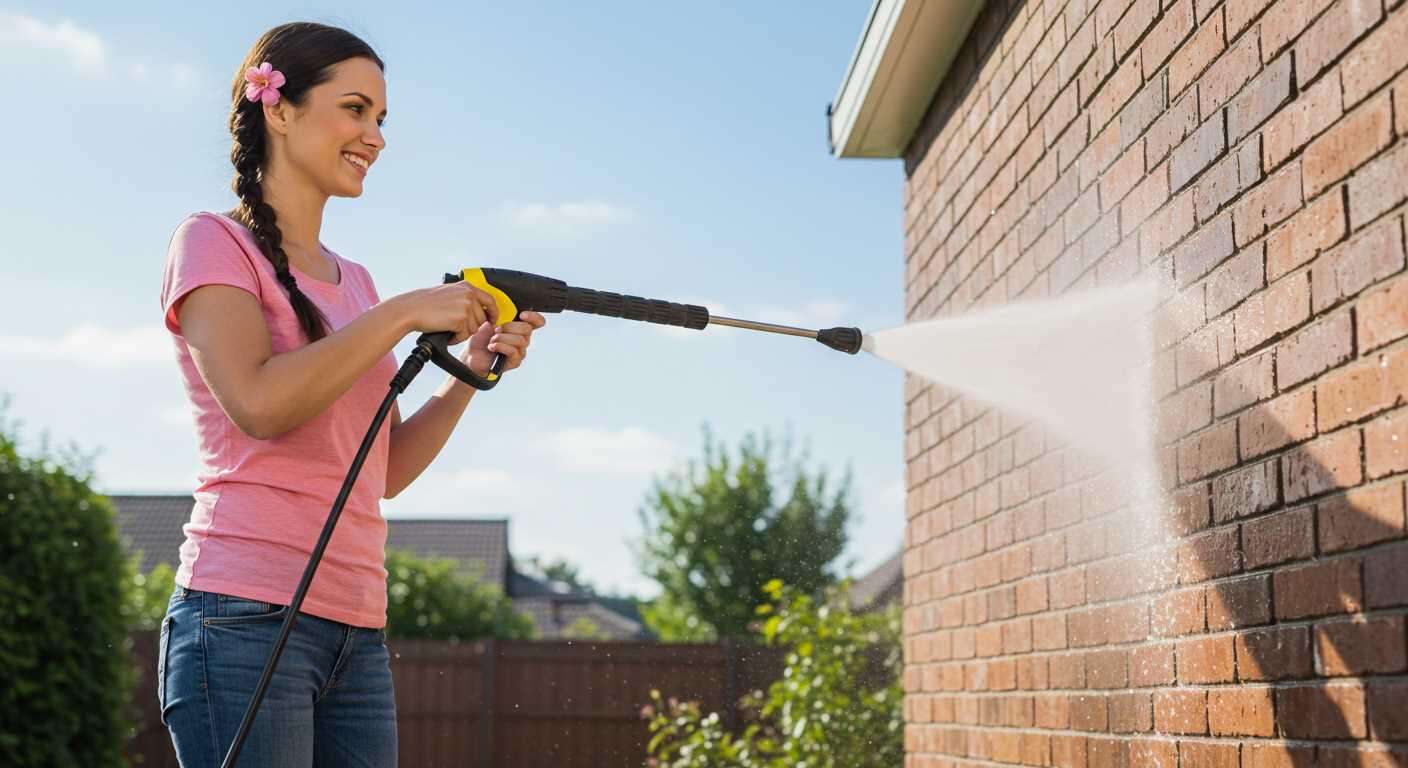
The soap injection system in your high-pressure cleaner is crucial for effective cleaning results. Components include a dedicated soap tank, a chemical nozzle, and sometimes a variable pressure setting. Ensure the tank is filled with the appropriate cleaning solution. When selecting a suitable detergent, verify the concentration; it should be diluted to prevent clogging the system.
Components and Functionality
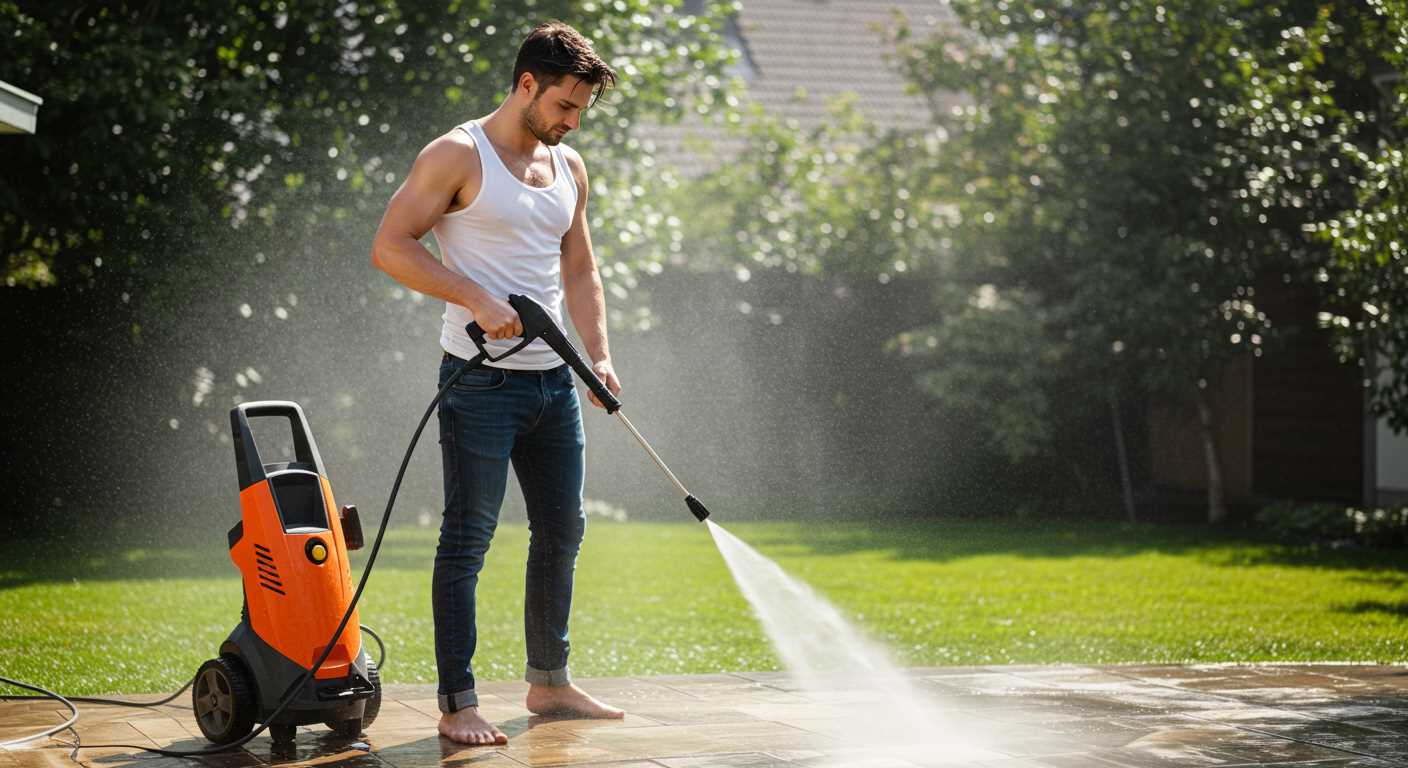
The soap tank feeds cleaning solution directly to the high-pressure unit. While activating the system, adjust the nozzle to the soap setting, which lowers the pressure to allow for proper chemical mixing. Ensure the injector is free from blockages. If the liquid doesn’t flow, clean any filters and check the hose connections. The chemical injector creates a vacuum, drawing the solution from the tank during operation.
Maintenance Tips
<p.Regular maintenance is vital for sustained performance. After each use, flush the system with clean water to prevent residue build-up. Inspect the injector for debris and clean it periodically. Store the unit in a cool, dry place, ensuring the soap tank is emptied to prevent crystallisation of the product. This precaution will prolong the lifespan of your cleaning equipment.
Preparing the Pressure Cleaner for Foam Application
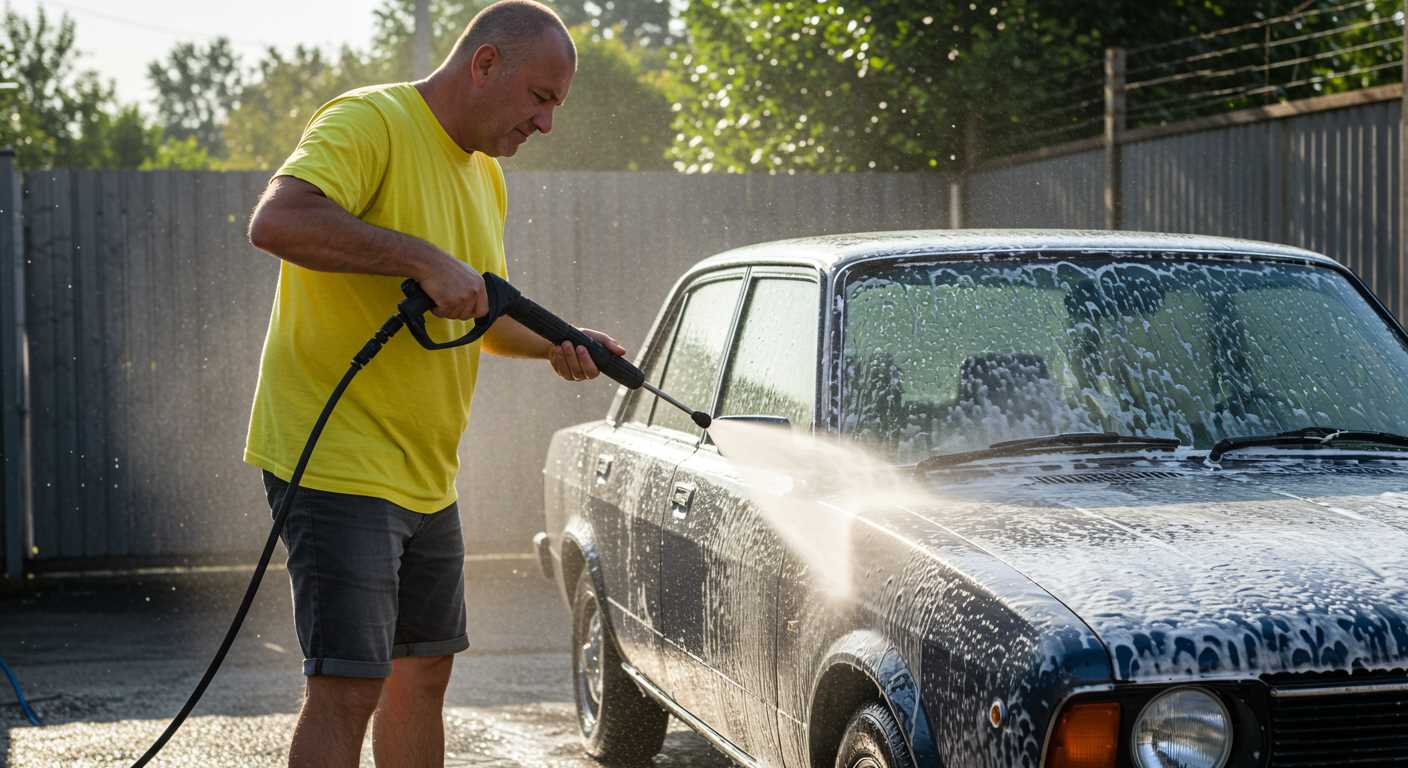
Begin with ensuring the device is off and disconnected from the electrical outlet. This is vital for safety before performing any adjustments.
Next, inspect the detergent tank or container for any residual cleaning solution. Clear out old product to prevent contamination. Rinse the tank thoroughly with water.
Fill the tank with a suitable cleaning agent, adhering to the manufacturer’s recommendations. Avoid mixing different chemicals, as this can lead to unwanted reactions.
After filling, check all seals and connections to ensure there are no leaks. Damaged parts should be replaced to prevent loss of product during use.
Adjust the nozzle to a low-pressure setting. This is crucial when applying the cleaning solution, as a gentle approach ensures proper coverage without wasting the detergent.
Examine the soap injection mechanism for blockages. Clear any debris that might hinder the flow of the cleaning solution.
Perform a test run without any detergents before applying the foam. This step allows you to confirm that the machine operates correctly and is ready for the next phase.
After confirming operational readiness, position the device at least two feet away from the surface to avoid any damage while applying the foam consistently.
Lastly, follow the insights from the previous sections to maximise the benefits of the cleaning agent once applied. Clean equipment will enhance performance during the task.
Mixing detergent with water correctly for optimal results
For ideal application, I mix cleaning solution with water in a 1:5 ratio–one part detergent to five parts water. This proportion ensures the mixture remains potent while reducing the risk of residue that could result from overly concentrated liquids.
To effectively combine, I recommend using a clean container. Begin by adding the required amount of cleansing agent first, followed by water. This approach helps to prevent foaming or bubbling, ensuring a smoother blend. Stir gently with a long stick or a clean tool until thoroughly combined without introducing excess air.
Temperature plays a significant role; warm water can enhance solubility. Aim for a temperature around 40°C if possible, as this will help the solution mix better and activate any cleaning properties within the detergent.
After mixing, allow the solution to sit for a few minutes before transferring it to the application system. This additional time lets any undissolved particles settle, ensuring that only the fully blended mixture is used, which maximises cleaning efficacy.
For storage, if there are leftovers, keep the mixture in a sealed container away from sunlight and heat sources, which can degrade its effectiveness over time. Always label the container with the mixture’s proportions and date for future reference.
Applying detergent with the pressure cleaner: Techniques and tips
Applying cleaning solution effectively relies on a few techniques that enhance the overall performance of your unit. First, adjust the nozzle to a low-pressure setting to prevent damage to surfaces while ensuring even coverage of the product.
Start from the bottom and work your way upwards, overlapping each pass slightly. This technique prevents streaking and ensures uniform application across the surface. Additionally, maintain a consistent distance of approximately 2 to 3 feet between the nozzle and the surface to achieve optimal distribution.
To better target tough stains, consider letting the mixture sit for a short period. Just be mindful not to allow it to dry out, as this may lead to residue and potential damage. If you are dealing with particularly stubborn stains, reapplying the cleaner before rinsing can be beneficial.
Use a dedicated foam cannon for a thicker layer of cleaning solution. This can improve dwell time, allowing the product to penetrate grime more effectively. When utilising this method, ensure your unit is compatible with foam cannons to achieve maximum results.
It’s crucial to rinse the surface thoroughly after application. Begin rinsing from the top and work your way down, ensuring that all residues are washed away. A clean rinse helps prevent spotting and enhances the final finish.
| Technique | Description |
|---|---|
| Nozzle Adjustment | Set to low-pressure for even application and surface protection. |
| Bottom-to-Top Method | Work upwards while overlapping to prevent streaks. |
| Dwell Time | Let cleaning solution sit for a few minutes before rinsing. |
| Foam Cannon Use | For thicker application and better stain penetration. |
| Thorough Rinsing | Rinse from top to bottom to avoid residue and spotting. |
Following these guidelines will enhance not only the application process but also the overall efficiency of your cleaning task. A systematic approach saves time and ensures a pristine finish on surfaces.
Cleaning and maintaining your pressure cleaner after using detergent
Thoroughly rinsing your equipment after using a cleaning solution is non-negotiable. This process prevents residue build-up and ensures longevity.
Follow these steps for effective maintenance:
- Disconnect the detergent tank to avoid any remaining fluid from contaminating the water system.
- Attach a clean water source directly to the inlet. Run the machine for a few minutes to flush out any soap remnants.
- Inspect the hoses and nozzles. Clear any clogs that may have occurred during the washing process.
- Rinse the detergent injector by switching it to the “water” setting if available, allowing clear water to flow through.
- Clean or replace the filter as needed. A clean filter ensures optimal performance during subsequent uses.
After rinsing, ensure the exterior is free from any cleaning solution. A quick wipe-down with a damp cloth can prevent corrosion and maintain appearance.
For long-term care, store the equipment in a dry, sheltered location. If leaving it outside, use a protective cover to shield it from the elements.
Lastly, conduct regular inspections of all components, including seals and fittings. Promptly addressing any wear will extend functionality and reliability.
FAQ:
Can I use any kind of soap in my pressure washer, or are there specific types I should look for?
When using a pressure washer, it is important to select soaps that are specifically formulated for pressure washing. These soaps are typically designed to be low-foam and compatible with the machine’s pump and hose. Using general-purpose soaps or household detergents can cause issues, such as excessive foam that may clog the equipment, or damage due to corrosive ingredients. Always refer to the manufacturer’s guidelines to ensure that the soap you choose is appropriate for your particular model.
What is the correct way to add soap to my pressure washer?
To add soap to your pressure washer, first ensure that the machine is turned off and disconnected from the power source. Locate the soap inlet or detergent tank, which can differ based on the model. For pressure washers equipped with a detergent tank, fill it with the pressure washer-specific soap, following the dilution instructions on the label if needed. If your model has a soap nozzle, attach it to the spray wand and fill the bucket with diluted soap. Turn on the pressure washer, change the nozzle to the soap setting, and begin applying the soap onto your desired surface. Remember to rinse thoroughly afterwards to remove any soap residue.


